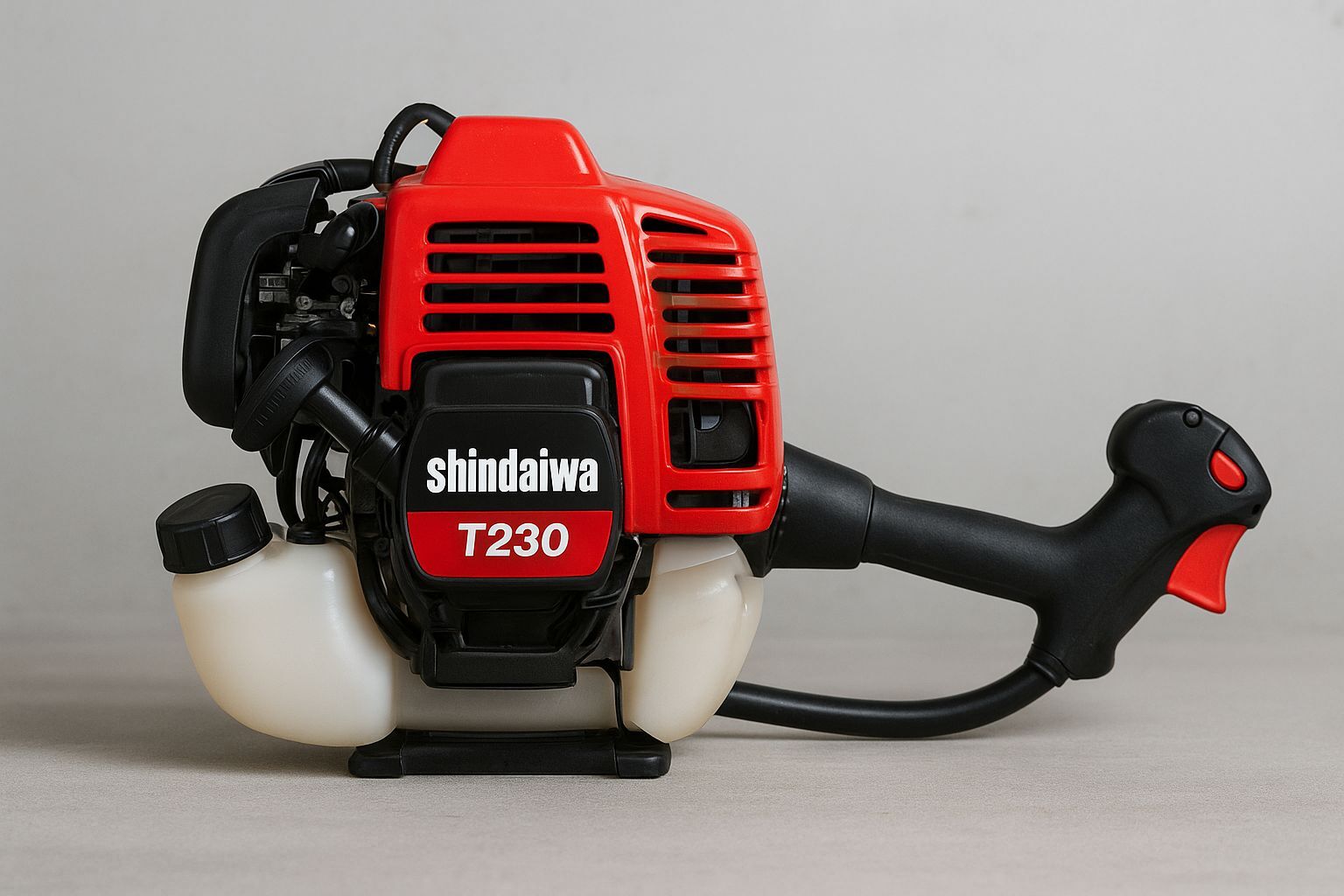How to Restring a Shindaiwa T230 Weed Eater: Complete Procedure
Knowing how to restring a Shindaiwa T230 is one of the most important components of maintaining your trimmer. The Shindaiwa T230 is a well-balanced, durable, and dependable trimmer, but regardless of the trimmer you use, the cutting line will become worn out after you’ve used it. Restringing the line properly will help it cut smoothly, extend the life of the head, and reduce the length of time to trim thick grass or weeds.

In this article, we’ll take you step-by-step through the process to restring your Shindaiwa T230, as well as give you tips on maintenance to keep your trimmer in the best running condition.
Why It’s Important to Restring Your Shindaiwa T230 Properly
Restringing your Shindaiwa T230 is one of the most essential maintenance tasks to keep your trimmer running efficiently. The trimming line is what makes your weed eater effective — but over time, it wears out, breaks, or tangles. If not properly replaced, it can cause trimming issues, unnecessary engine strain, and wasted line.
What Does Restringing Mean?
Restringing is the act of either replacing or rewrapping the nylon cutting line within the trimmer head. For example, with the Shindaiwa T230, it is particularly important to restring the head as the performance and balance of the trimmer assume the head is loaded correctly. A properly loaded head allows the engine to run smoothly and consistently, and reduces excess vibrations that could accelerate wear on the engine.
Using proper techniques for restringing can save time, improve cutting efficiency, and extend the life of your T230.
Required Tools and Materials
Before you get started, make sure you have these items available:
- The replacement trimmer line (the Shindaiwa T230 typically uses .095-inch round line)
- Scissors or a utility knife to cut the line
- A clean cloth for wiping dirt or debris off the trimmer head
- Safety gloves
Easy Steps You Can Follow to Restring a Shindaiwa T230
| Step | Instructions |
|---|---|
| Step 1 | Turn off the trimmer and remove the spark plug to avoid accidental starting. Place the weed eater on a sturdy, flat surface. |
| Step 2 | Find the trimmer head and press the tabs on each side to release the cover. Pull out the spool carefully. |
| Step 3 | Cut about 20 feet of new trimmer line and fold it evenly in half so both ends match in length. |
| Step 4 | Find the anchor hole or slot on your spool and insert the midpoint of the line. Make sure both sides are even. |
| Step 5 | Wind each side of the line in the direction indicated by the arrows on the spool. Keep the winding tight and even to reduce tangling. |
| Step 6 | Insert the line ends into the designated notches on the spool to hold them in place during reassembly. |
| Step 7 | Reinstall the spool into the trimmer head and thread the line ends through the housing eyelets. Push the cover back on until it snaps. |
| Step 8 | Pull gently on the lines to ensure they extend freely. Reconnect the spark plug, start your Shindaiwa T230, and advance the line by lightly tapping the head on the ground. |
Best Tips for Success
- Use a quality trimmer line compatible with the Shindaiwa T230 to minimize wear on the spool.
- Avoid overloading the spool with additional line; excessive line can jam the head and diminish performance.
- Check the head regularly for cracks or damage. Replace any worn parts when appropriate.
- Maintain a clean trimmer after each usage to deter dirt accumulation around the head.
Keeping the Shindaiwa T230 in Excellent Operating Condition
Knowing how to restring a Shindaiwa T230 is one way to keep your trimmer at the top of its game. Regularly maintaining your equipment is critical to all performance, and that's where tune-up kits will assist you in doing this.
A "complete" Shindaiwa T230 tune-up kit will usually contain necessary items like the spark plug, fuel filter, and air filter. If you continue changing the necessary items as well as keeping the trimmer line fresh, you're likely to enjoy long-lasting performance, better starts, and lower downtime while working on your yard.
Next, if you need replacement lines, spools, or tune-up kits, always take the time to purchase genuine Shindaiwa-compatible parts to maintain reliability and efficiency.
Recent Posts
-
How to Remove Shindaiwa Weed Eater Head
The Shindaiwa weed eater is a reliable trimmer that stands out for its precision and balanced power …Nov 12th 2025 -
How to Restring a Shindaiwa T230 Weed Eater: Complete Procedure
Knowing how to restring a Shindaiwa T230 is one of the most important components of maintaining your …Oct 8th 2025 -
Instructions for Starting a Shindaiwa T262 Weed Eater
The Shindaiwa T262 weed eater is one of the most reliable, professional-grade trimmers available on …Oct 3rd 2025



